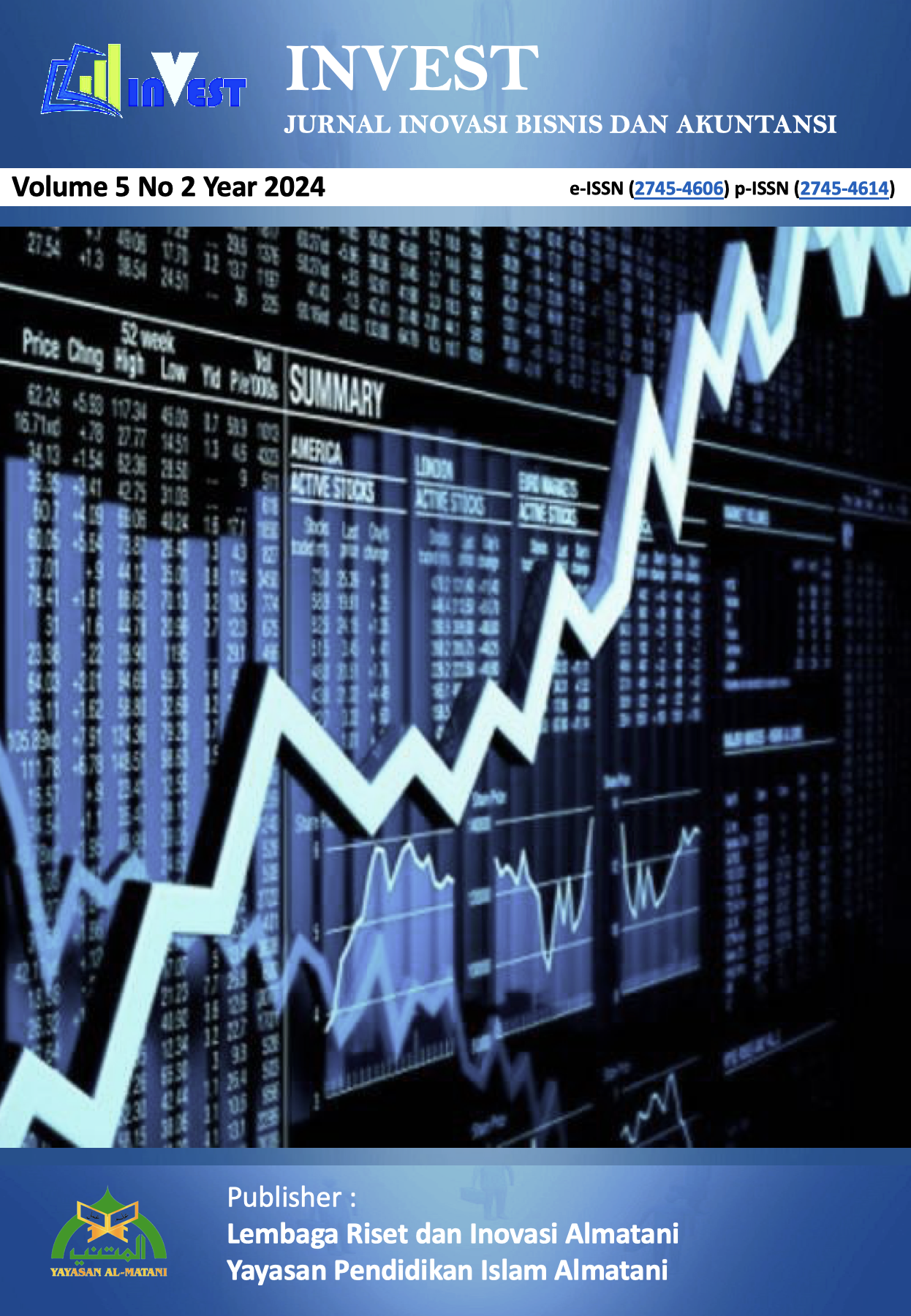Business Dynamics of Islamic Bank Mudharabah Contracts: An Islamic Economics Perspective
DOI:
https://doi.org/10.55583/invest.v5i2.1155Keywords:
Mudharabah, Fiqh, Islamic BankAbstract
This research examines how the concept of mudharabah in classical Islamic theory is implemented in Islamic monetary institutions, especially Islamic banking. Using literature research, this study shows that there are differences between the concept of mudharabah in classical fiqh books and its implementation in Islamic banking. implementation in Islamic banking. The difference indicates that the door to ijtihad ijtihad is still wide open in contemporary Islamic law. The principle of prudence requires Islamic banking to contextualise the classical concept of mudharabah in contemporary socio-cultural situations.
References
Abdul-Rahman, Y., & Nor, S. M. (2016). An Islamic perspective on the risk-return trade-off in Mudarabah and Musharakah contracts. Journal of Islamic Accounting and Business Research, 7(3), 211-223. https://doi.org/10.1108/JIABR-05-2014-0015
Ahmed, H. (2002). Incentive-compatible profit-sharing contracts: A theoretical treatment. Islamic Economic Studies, 9(2), 1-32.
Al-Ali, S. M., & Al-Kandari, A. M. (2018). The role of Mudarabah in financing small and medium enterprises: Evidence from Kuwait. International Journal of Islamic and Middle Eastern Finance and Management, 11(4), 630-645. https://doi.org/10.1108/IMEFM-05-2017-0132
Al-Suwailem, S. (2006). Hedging in Islamic finance. Islamic Development Bank, Islamic Research and Training Institute.
Ariff, M., & Safari, M. (2012). Are Islamic banks more resilient during financial panics? Pacific-Basin Finance Journal, 20(3), 291-303. https://doi.org/10.1016/j.pacfin.2011.12.002
Chong, B. S., & Liu, M.-H. (2009). Islamic banking: Interest-free or interest-based? Pacific-Basin Finance Journal, 17(1), 125-144. https://doi.org/10.1016/j.pacfin.2007.12.003
Dusuki, A. W. (2008). Understanding the objectives of Islamic banking: A survey of stakeholders' perspectives. International Journal of Islamic and Middle Eastern Finance and Management, 1(2), 132-148. https://doi.org/10.1108/17538390810880982
El-Gamal, M. A. (2006). Islamic finance: Law, economics, and practice. Cambridge University Press.
Iqbal, Z., & Mirakhor, A. (2011). An introduction to Islamic finance: Theory and practice (Vol. 687). John Wiley & Sons.
Khan, F. (2010). How ‘Islamic’ is Islamic banking? Journal of Economic Behavior & Organization, 76(3), 805-820. https://doi.org/10.1016/j.jebo.2010.09.015
Mills, P. S., & Presley, J. R. (1999). Islamic finance: Theory and practice. Springer.
Obaidullah, M. (2005). Islamic financial services. Islamic Economics Research Center, King Abdulaziz University.
Saeed, A. (1996). Islamic banking and interest: A study of the prohibition of riba and its contemporary interpretation. Brill.
Siddiqi, M. N. (2006). Islamic banking and finance in theory and practice: A survey of state of the art. Islamic Economic Studies, 13(2), 1-48.
Warde, I. (2010). Islamic finance in the global economy. Edinburgh University Press.
Downloads
Published
How to Cite
Issue
Section
License
Copyright (c) 2024 Hafiza Putra, Murah Syahrial

This work is licensed under a Creative Commons Attribution-NonCommercial 4.0 International License.










